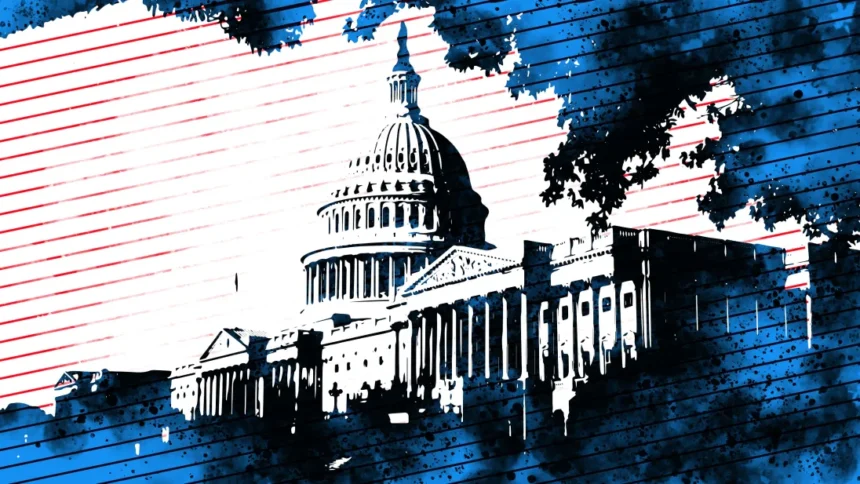In a surprising turn of events, the National Institute of Standards and Technology (NIST) is reportedly facing the possibility of laying off up to 500 employees, a move that could seriously hinder the progress of crucial technology initiatives. Among the most vulnerable is the US AI Safety Institute (AISI), an organization established to navigate the complex and ever-evolving landscape of artificial intelligence safety and standards.
The Looming Layoffs and Their Impact
According to multiple reports, including those from Axios and Bloomberg, the layoffs are expected to target probationary employees — typically those in their first year or two of service. Bloomberg further indicated that some employees have already received verbal notifications of impending terminations, casting a shadow of uncertainty over their futures and the future of AI safety research in the United States.
These potential staffing cuts come at a time when AI is rapidly advancing and the need for oversight and safety research has never been more urgent. The US AI Safety Institute, formed just last year under an executive order from then-President Joe Biden, was intended to spearhead research into AI risks and develop critical standards for responsible AI development. However, with President Donald Trump repealing Biden’s executive order on his first day back in office, AISI’s foundation has been shaken, leaving the organization in a precarious position. The resignation of AISI’s director in early February only adds to the uncertainty.
The Critical Role of the US AI Safety Institute
AISI was envisioned as a beacon of expertise and guidance in the rapidly evolving AI landscape. Its mission was to research potential AI threats, provide policymakers with valuable insights, and help set safety and ethical standards for the technology industry. The absence of such an institution, or the significant weakening of its capacity due to layoffs, could leave the country vulnerable to unchecked AI advancements and the societal risks that accompany them.
“Cutting these roles would severely undermine the government’s ability to address AI safety concerns at a time when such expertise is more vital than ever,” said Jason Green-Lowe, executive director of the Center for AI Policy. “Without dedicated research and oversight, we risk falling behind on establishing the safeguards necessary to protect people from harmful AI applications.”
Industry and Policy Leaders Speak Out
The news of potential layoffs has sparked concern and criticism from AI safety advocates, tech leaders, and policymakers alike. Many argue that reducing staff in such a vital institution sends the wrong message at a time when global competitors are aggressively investing in AI safety research. Countries like the UK and Canada have ramped up efforts to create regulatory frameworks and foster innovation in AI governance, recognizing the immense impact the technology will have on every aspect of society.
The lack of a dedicated body like AISI could create gaps in knowledge and expertise, leaving businesses without the guidance needed to develop AI systems responsibly. Moreover, the absence of rigorous safety standards could erode public trust in AI technologies, ultimately stifling innovation and growth.
The Path Forward
Despite the challenges, there is hope that the value of AI safety research will not go unnoticed. Advocacy groups, tech industry leaders, and concerned citizens are pushing for renewed government support and alternative funding avenues to preserve AISI’s mission. Whether through legislative action, public-private partnerships, or international collaboration, there are still opportunities to keep AI safety at the forefront of national policy.
The coming months will be pivotal in determining the future of AI safety in the United States. As AI continues to shape industries, economies, and societies worldwide, the need for informed, proactive oversight becomes more pressing than ever. Preserving the work of institutions like AISI isn’t just about protecting the present — it’s about securing a safer, more ethical AI-driven future for generations to come.
In a world where technology evolves at lightning speed, safety should never be an afterthought. Let’s hope that message resonates before it’s too late.










